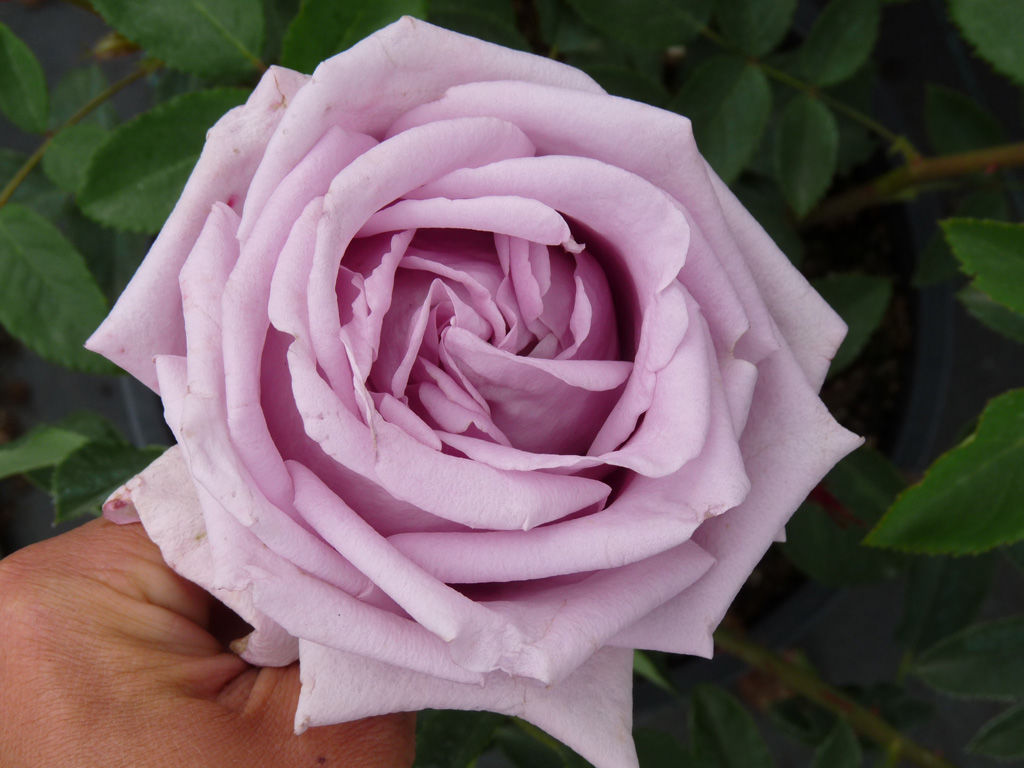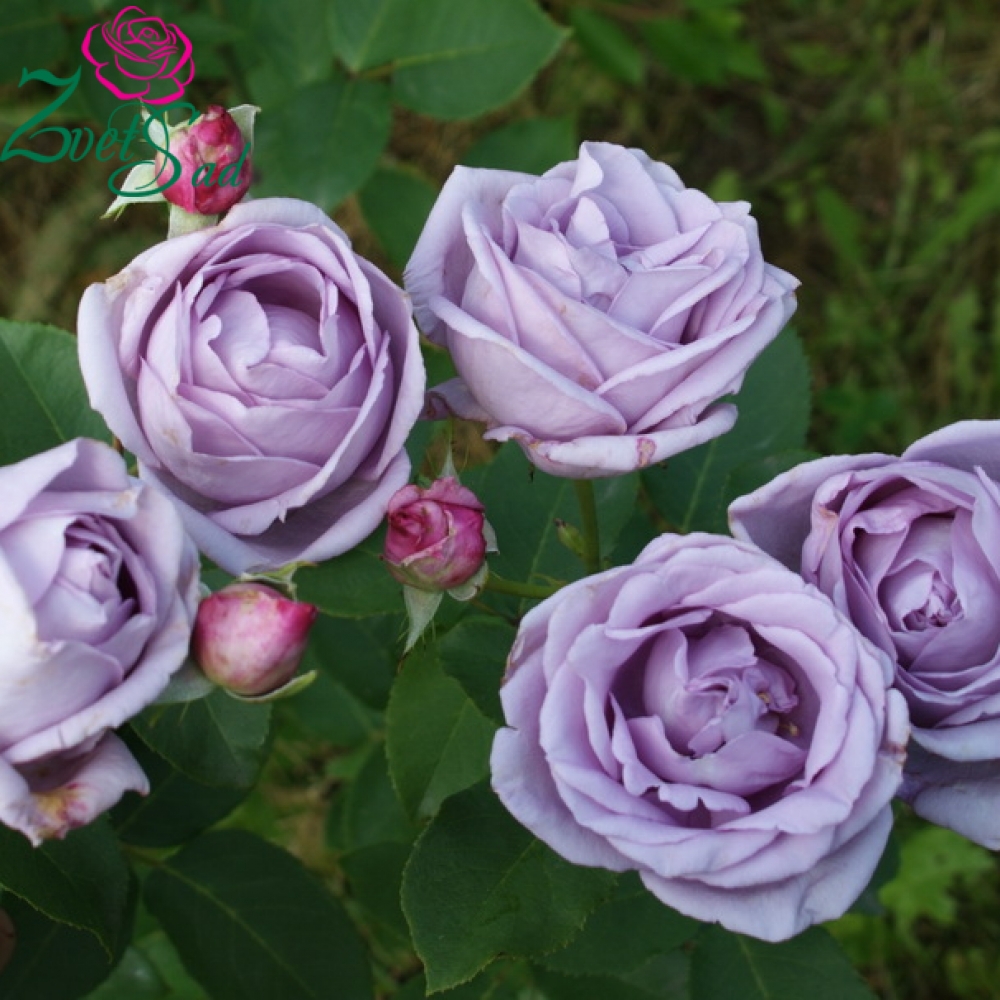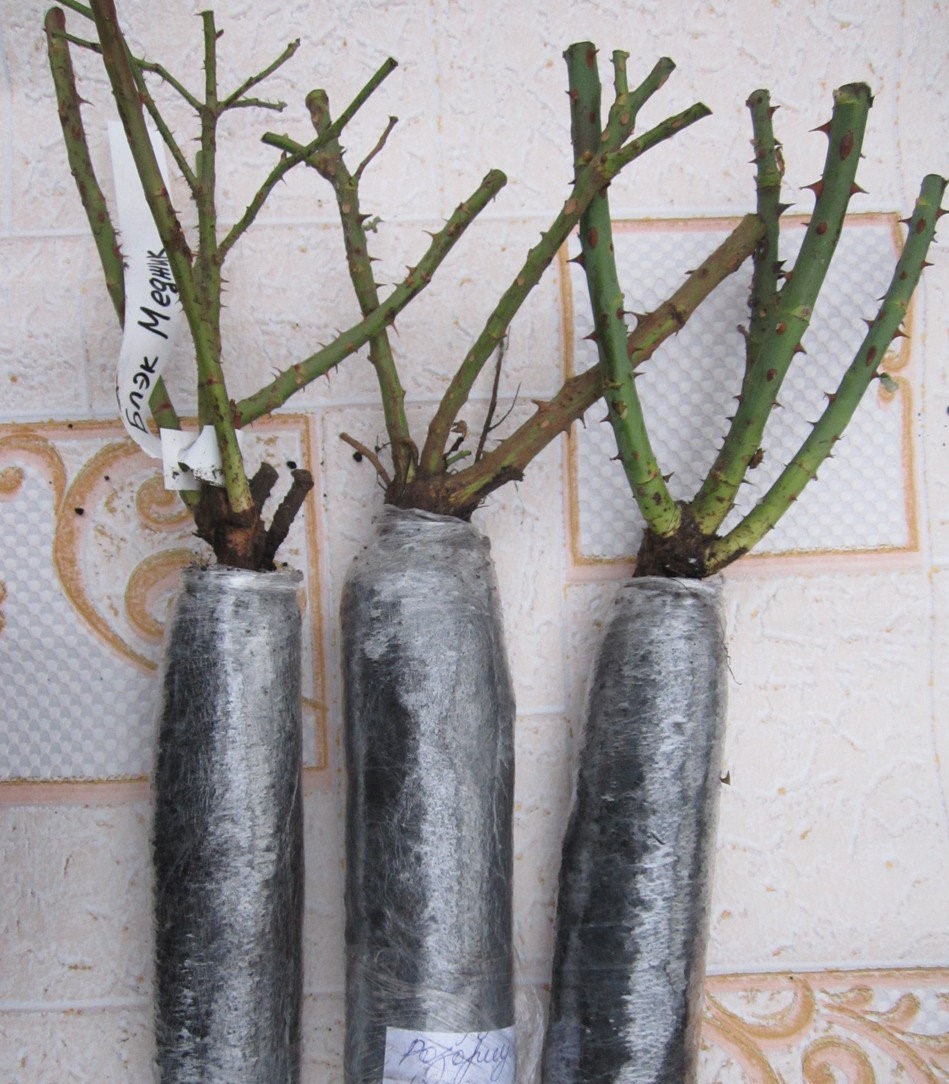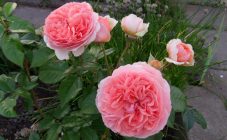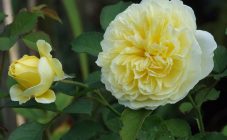Content:
Rose is a charmingly beautiful flower of the Rosehip family, often with a delicate scent. Roses have been cultivated since ancient Rome. Although in those days they planted mainly useful plants (fruit, vegetable, spicy and medicinal). The homeland of these flowers is undoubtedly the east. They later moved to Italy and then conquered the whole world. The Indigoletta variety is very popular.
Briefly about culture
The bush can have a variety of shapes: spreading, spherical, and narrow pyramidal. The height of the plant is also different: from 30 cm to 1 m. And there are roses, which have arched creeping shoots with a length of 2 to 5.5 m. They are called whip-like or climbing.
Later, Rambler began to be crossed with various varieties of roses, such as:
- tea rose;
- tea-hybrid;
- Floribunda;
- repairing.
In the end, another species turned out - climbing (Climber), which are also called as large-flowered climbing roses. They have larger inflorescences and flowering takes longer than their predecessors. This group of roses differs from small-flowered roses in that the shoots are very tough and erect, often do not need support.
But the breeders went even further and got another group, Climbing, through kidney mutations a few years later. The flowers turned out to be large, the shoots are strong, but, unfortunately, they are not frost-resistant and practically do not grow in Russia.
Using plants of this group, in 1981 in a nursery that is located in the village of Lottum in Limburg (an area on the border of the Netherlands, Belgium and Germany), breeders under the leadership of V. de Laak bred an interesting rose with the original color of the petals: from lilac-pink to lilac with a blue tint. The name was given to her Azubis. But for its peculiar coloring it is called differently:
- rose Indigoletta;
- Blue Lady;
- Blue Queen.
Rose Indigoletta: description
The inflorescences of this rose consist of 2-3 flowers, each of which has 20-30 petals, up to 10 cm in diameter. These terry beauties are endowed with a wonderful aroma. Leaves are dense, glossy, dark green. Climbing rose (Indigoletta) is very fond of gardeners. This is explained by the beauty and unusual colors of the buds. A pleasant aroma, which is similar to an exquisite perfume, plays an important role in the choice of the variety.
In length, this shrub can reach 3 m or more, and in width up to 1.5 m. The Indigoletta rose blooms 2 times per season: the first from mid-May to late June, the second from mid-August to late September.
Growing
A rose with such luxurious data will adorn the design of any garden. It will look great on pergolas or gazebos, on the wall of a house and on an openwork fence. Whatever function this rose performs, the place for planting it must be selected correctly. She loves light, fertile soils, and so that the groundwater does not come close to her roots (depth not less than 1.5-2 m).
Indigoletta loves a well-lit place, but not direct sunlight (the petals quickly fade and lose their attractiveness), so it is best to plant it in partial shade. Do not do this close to the walls of houses and gazebos, since, firstly, the flower needs ventilation, and secondly, rainwater from the roof can damage the root system. Also, almost all roses are afraid of drafts, and the described climbing beauty is no exception, therefore, she needs to provide shelter from the north side.
Indigoletta climbing rose: planting and care rules
To plant this rose, you need to prepare planting pits at least 50 cm deep. The soil in them must be nutritious: contain compost or a mixture of removed soil with humus and sand. The roots should be lowered into the planting hole, having previously straightened them on the sides. Then everything is simple:
- The soil should be poured onto the roots gradually and carefully, lightly ramming.
- It is recommended to place the support no closer than 20-30 cm from the roots.
- The root collar should be 5 cm deep.
Watering and mulching
From the moment of planting to complete rooting, the rose needs to be watered daily. Later - as needed. Do not overfill, as this can lead to root rot.
As with any other plant, after watering, the soil under the rose must be loosened to allow air to flow to the roots of the plant. In addition, mulching will be required, which will prevent the soil from drying out quickly, and also prevent weeds.
Support
For Indigoletta, support is not as important as for other climbing roses. But, if you direct the position of the shoots, you can make the bush more attractive. In addition, the air circulation will be better. The plant grows very quickly, so either the supports will need to be built up, or the plant should be allowed to grow after the end of the support.
Pruning
One of the important measures for the care of a blue-eyed beauty will be timely pruning. It is carried out in the spring before the start of sap flow in the plant. It is necessary to remove all diseased, dry and broken shoots in order to avoid diseases and the reproduction of pests.
It is also not unimportant to remove faded buds. In addition to the fact that they look ugly, they will also pull forces from the plant to the formation of fruits, which is completely useless.
In the fall, do another pruning. Remove all faded flowers, remove weak shoots that do not overwinter one hundred percent. You should not shorten the lashes very much, at the most - by 30 centimeters.
Top dressing
Since this plant blooms very profusely, then, of course, it spends a lot of energy, therefore, regular feeding is needed. Both mineral and organic fertilizers are useful, which are specially created for climbing roses.
Shelter for the winter
Rose Indigoletta will calmly endure a drop in air temperature to -15 ° C without any shelter. You just need to huddle the roots higher, and make the mulch layer thicker. If the winters are colder, it will need to be covered.
Since the shoots of Indigoletta quickly become stiff, so they need to be bent in several steps. First, tilt the branches until they bend easily. After that, fix them in this position for a couple of days. During this period, the nutritional juices in the lashes are distributed in a different way and become more elastic. Then you need to bend it again, as far as it goes, and fix it again. And so on until the level of snow in winter is above the level of the whips. Then cover the bush first with a covering material or burlap, and then with a film.
Advantages and disadvantages of the variety
The advantages of the variety include:
- high decorative qualities;
- unusual, but very beautiful color of the buds;
- rich, refined and very pleasant aroma;
- resistance to rain;
- two-phase flowering;
- good immunity to diseases and pests.
The variety has not so many disadvantages:
- whip shoots do not bend well, which makes it difficult to cover for the winter;
- loves bright places very much, but at the same time, under direct rays, the buds fade;
- although this species is considered frost-resistant, the rose will not be able to survive the Siberian frosts;
- high humidity has a detrimental effect on the plant - fungal diseases and powdery mildew appear.
The climbing rose of Indigoletta is good for everyone: it is both beautiful and graceful, and the aroma is charming. And its amazing original color is simply charming, but it is not so easy to grow it in the conditions of Central Russia because of the love for the warm climate. However, if you properly cover it for the winter, everything will work out!
